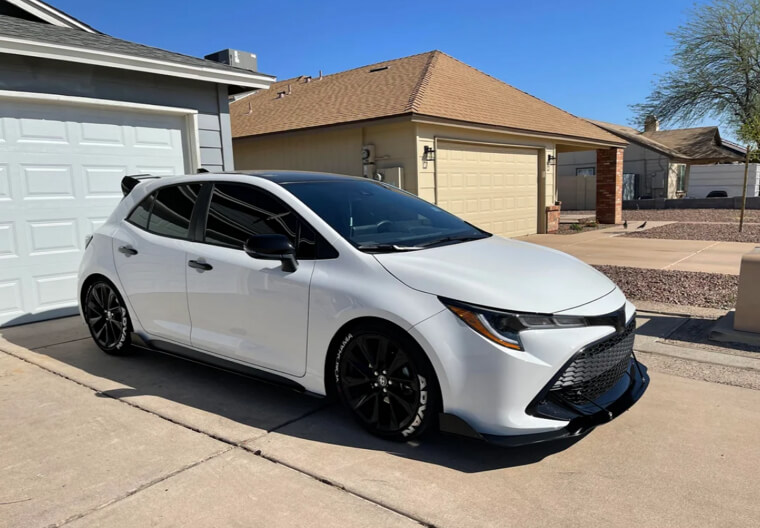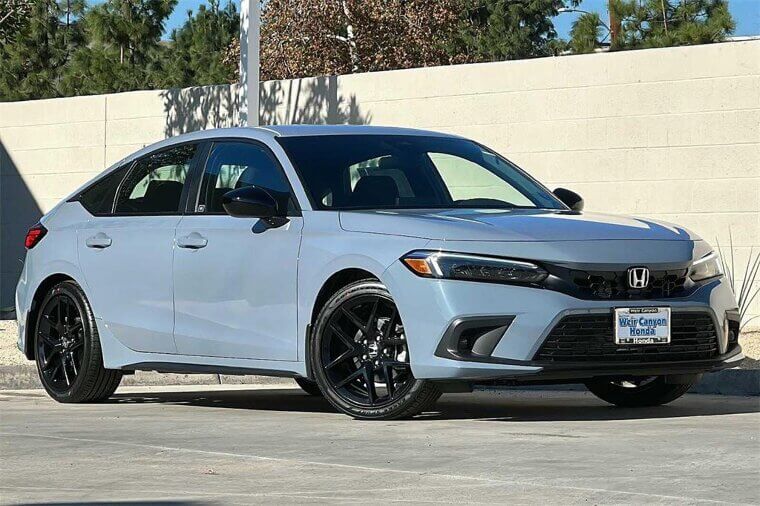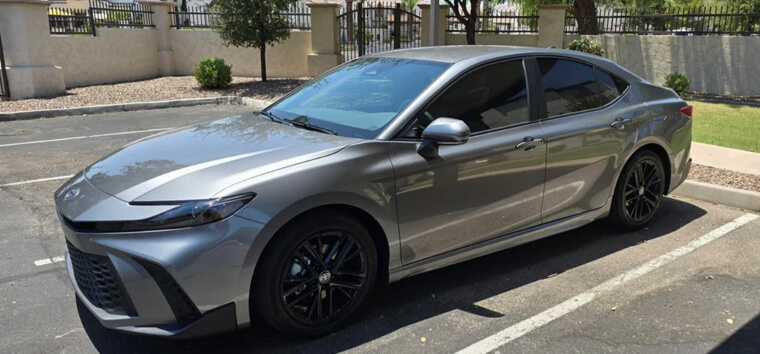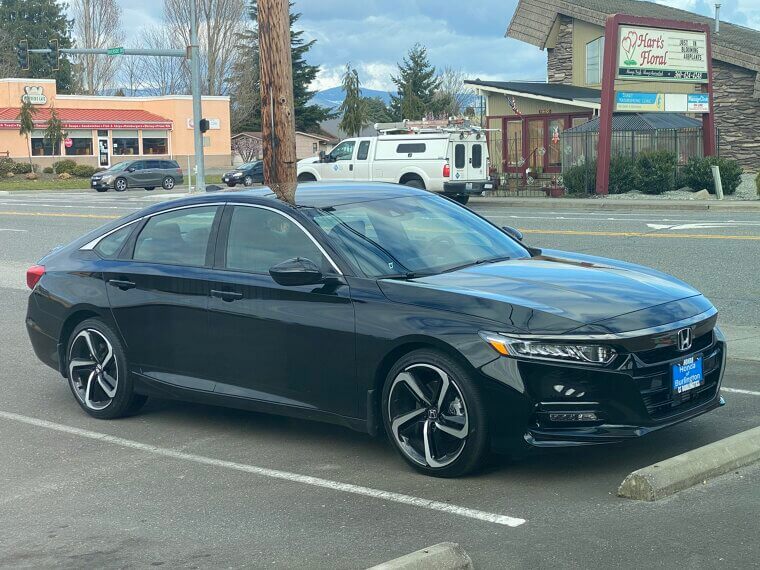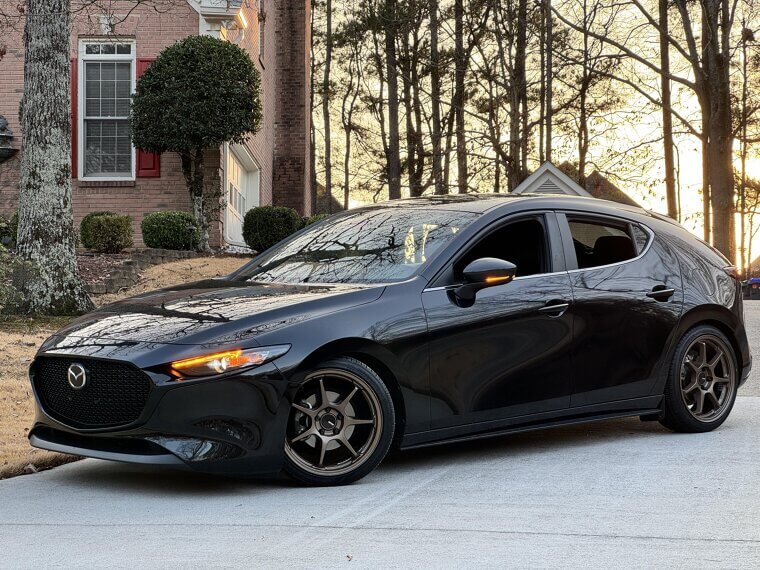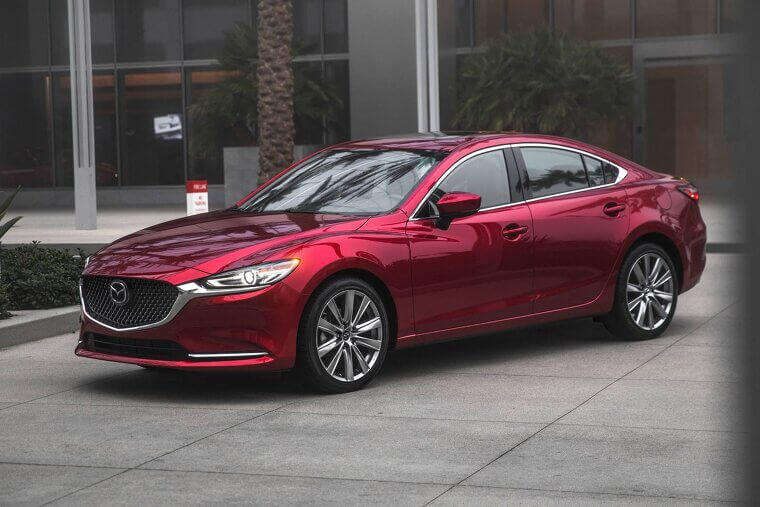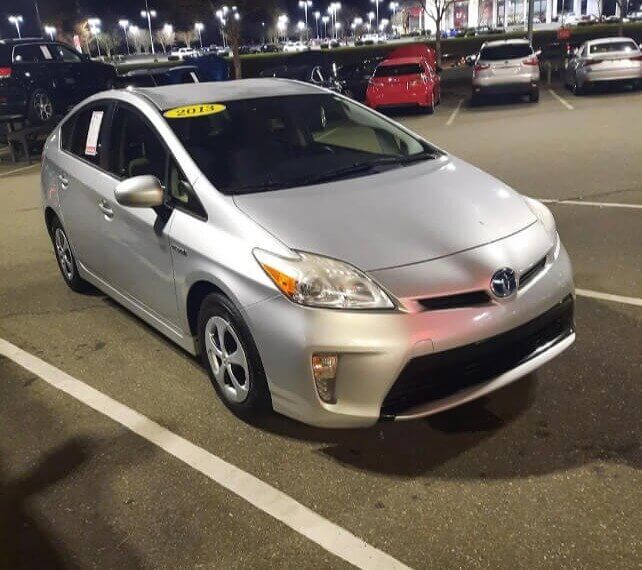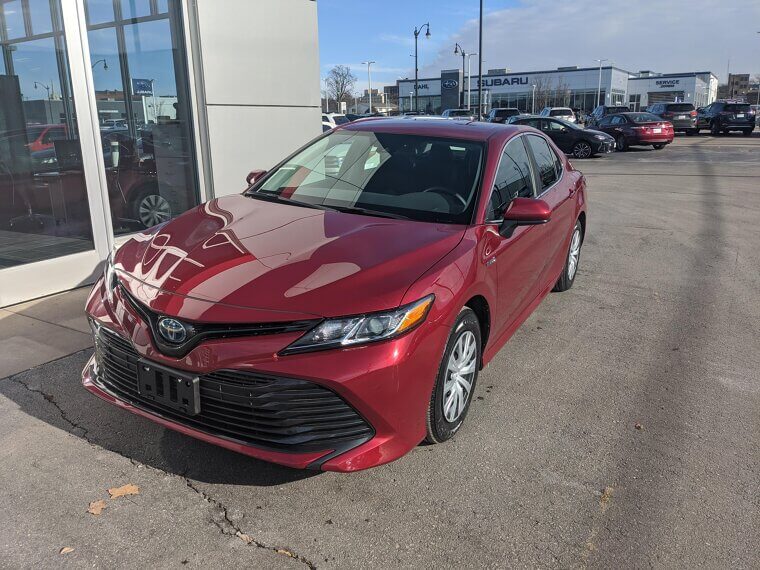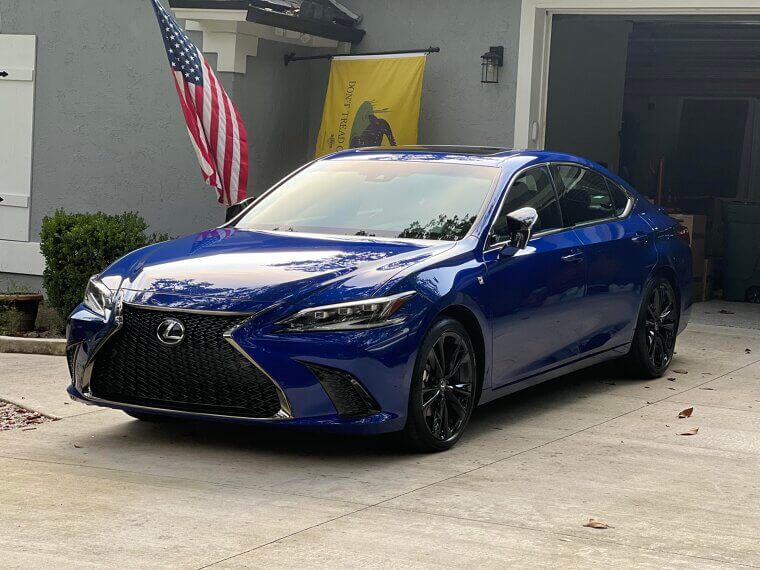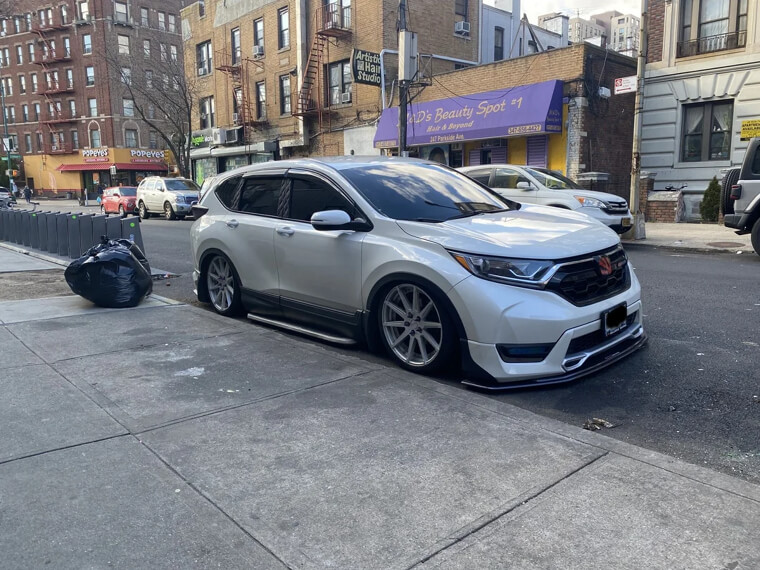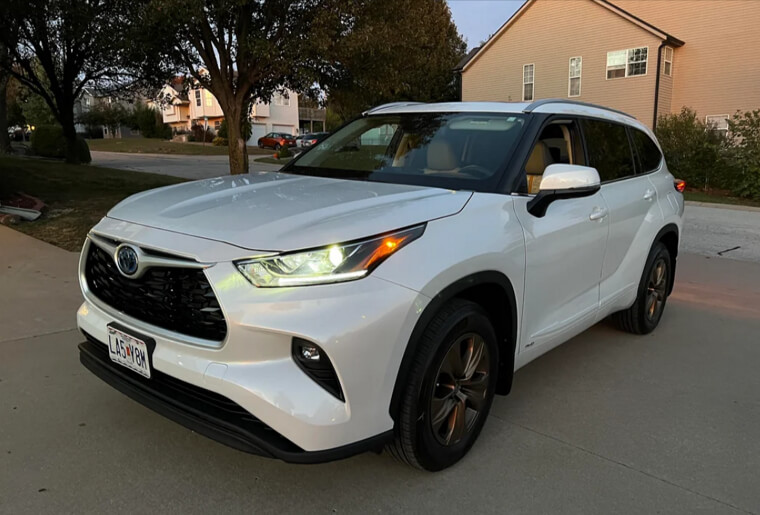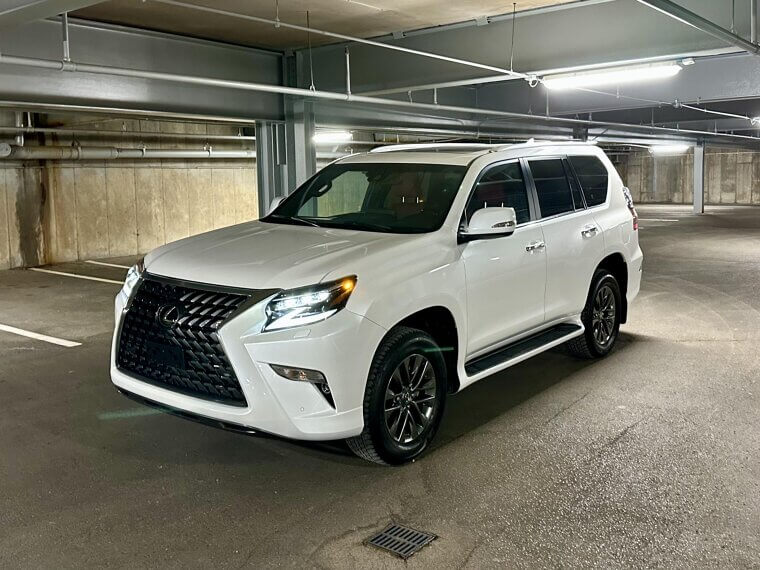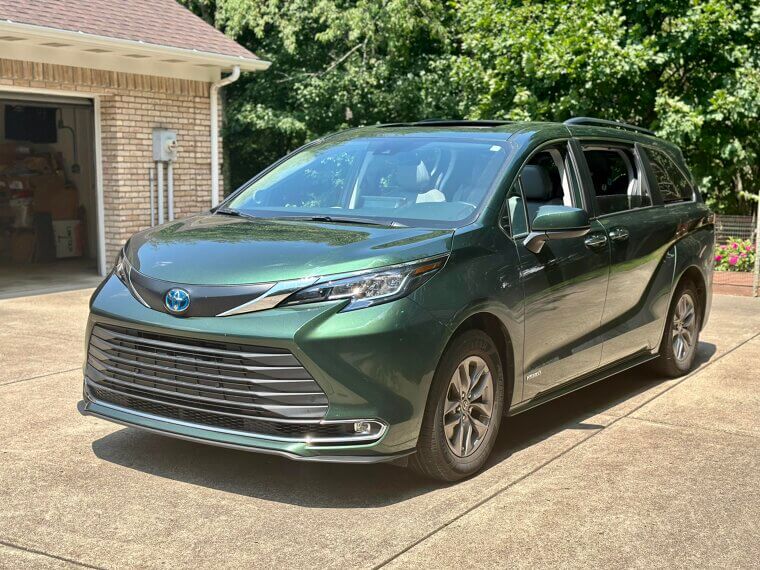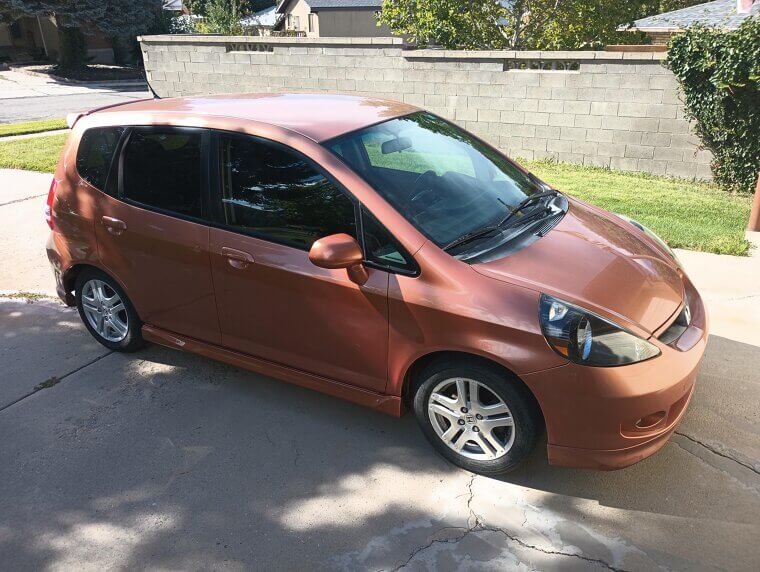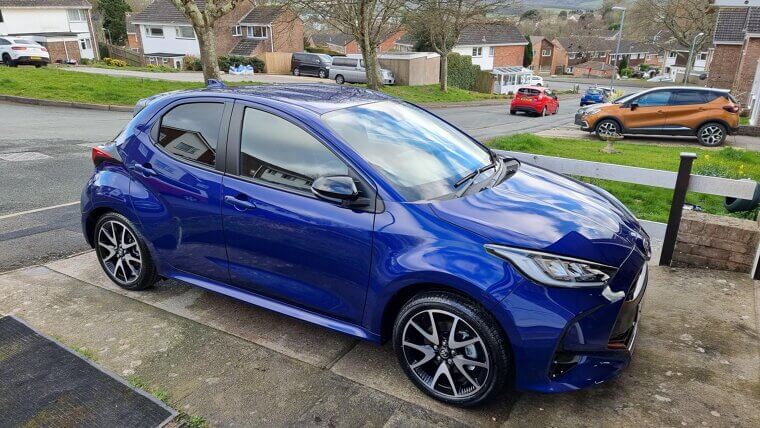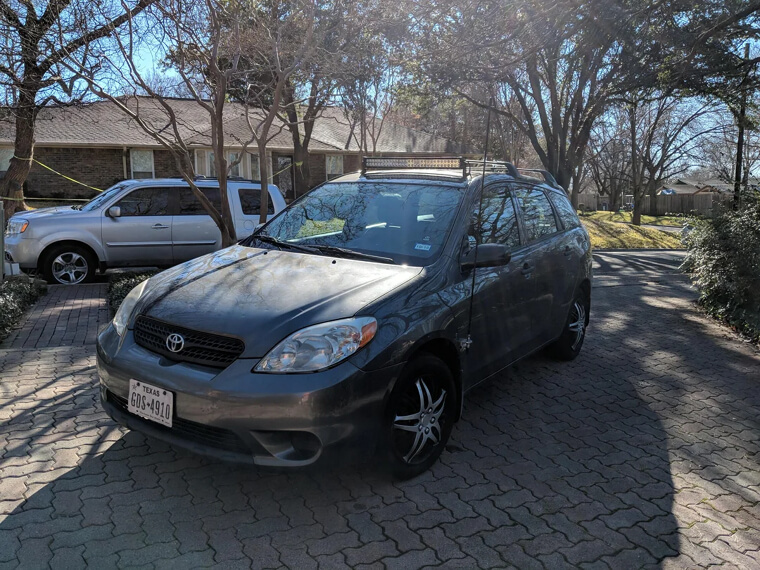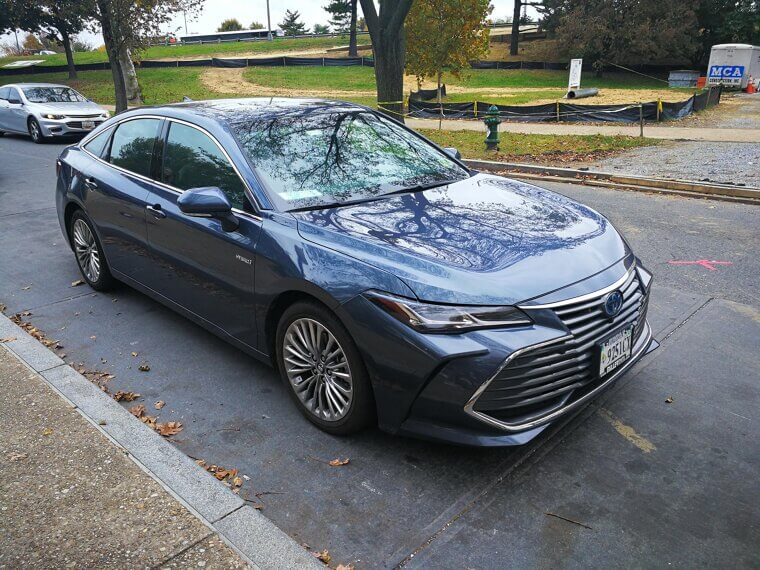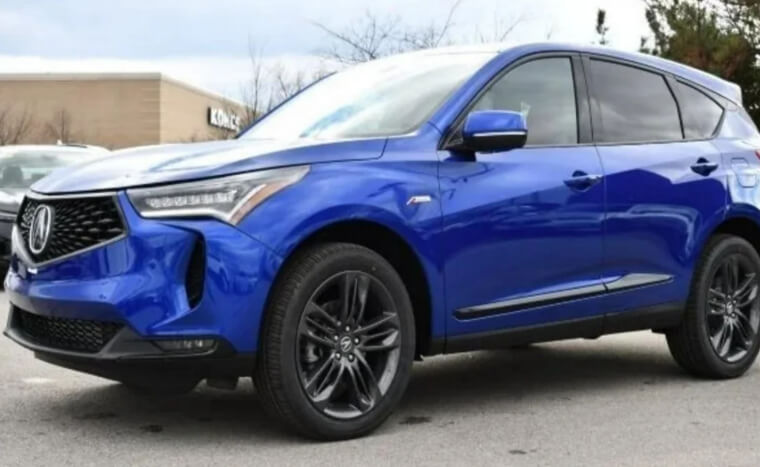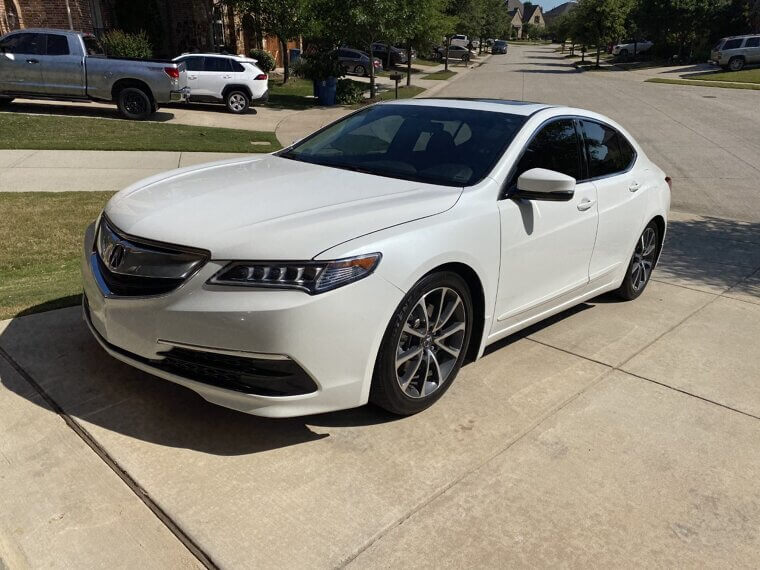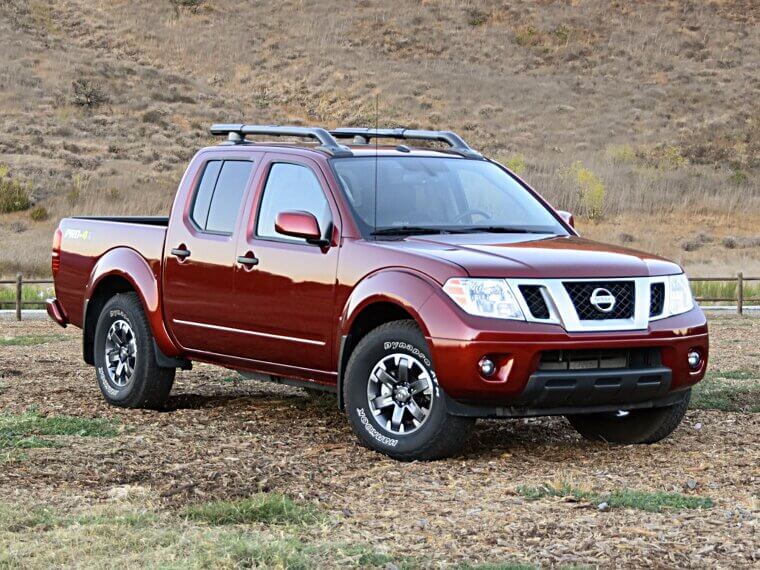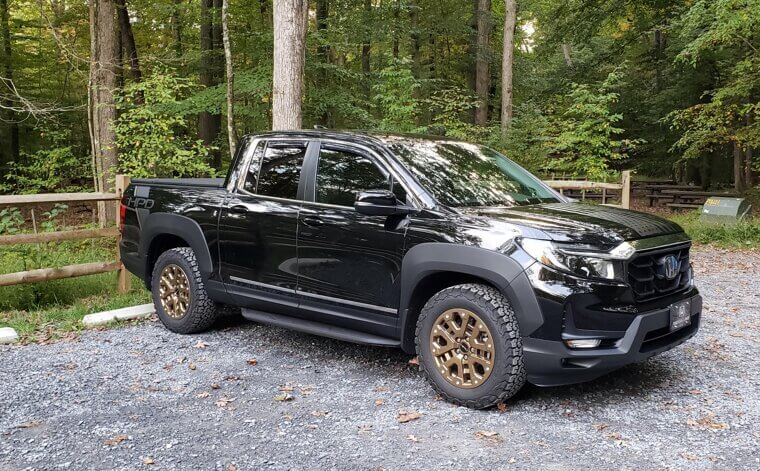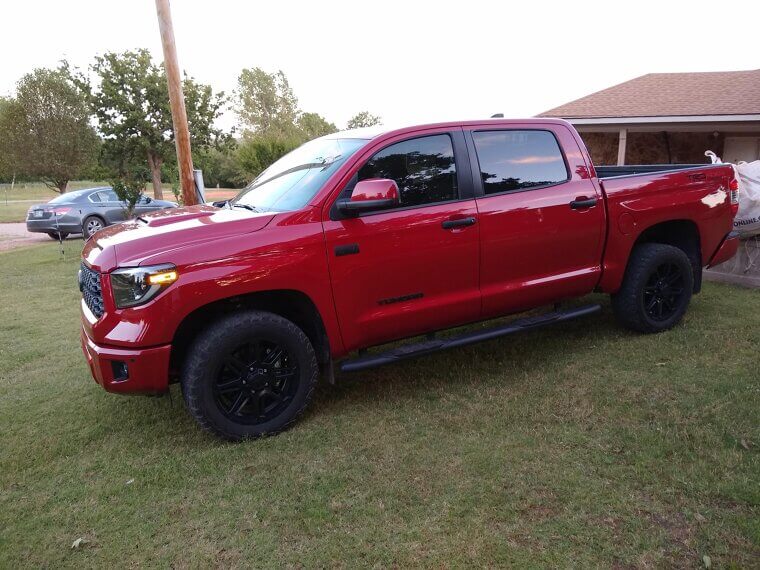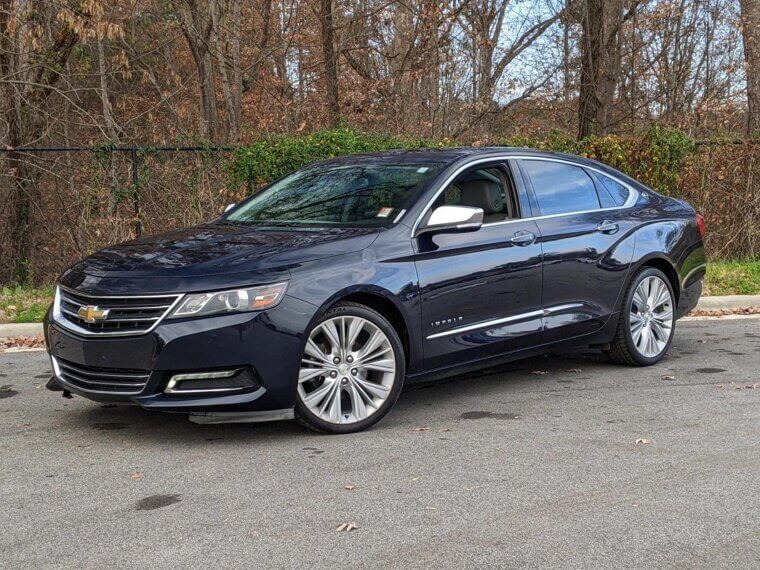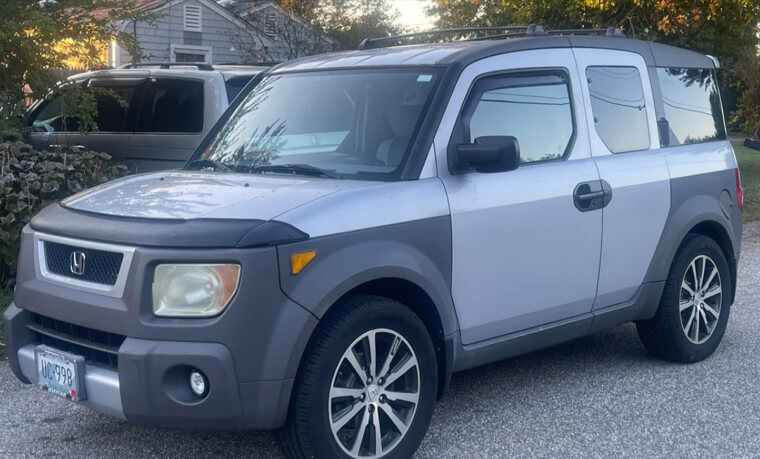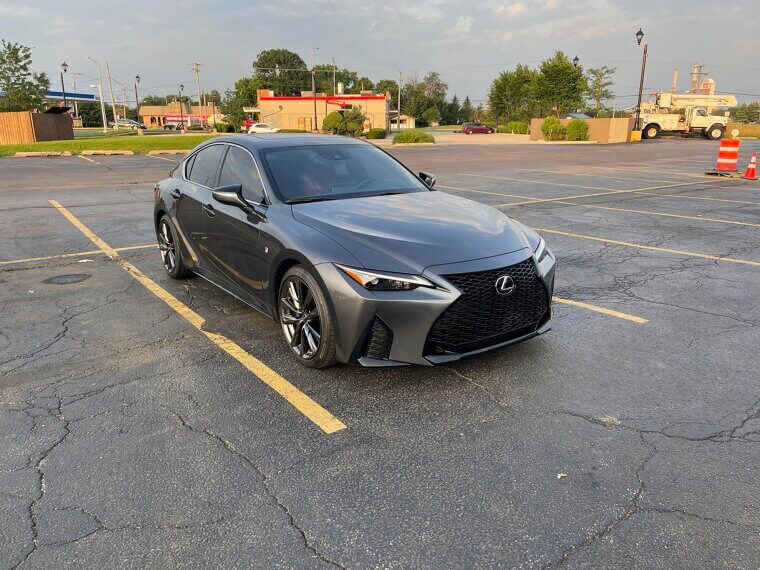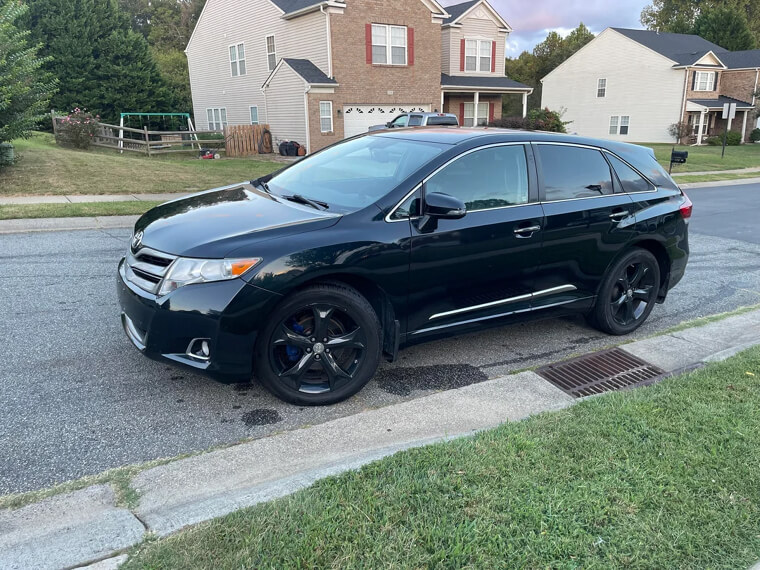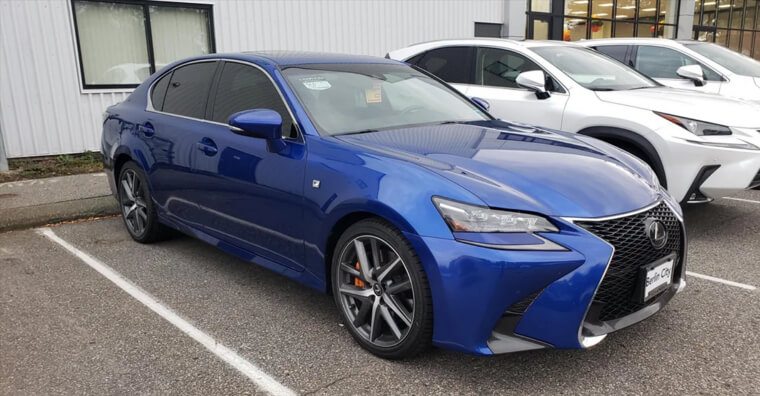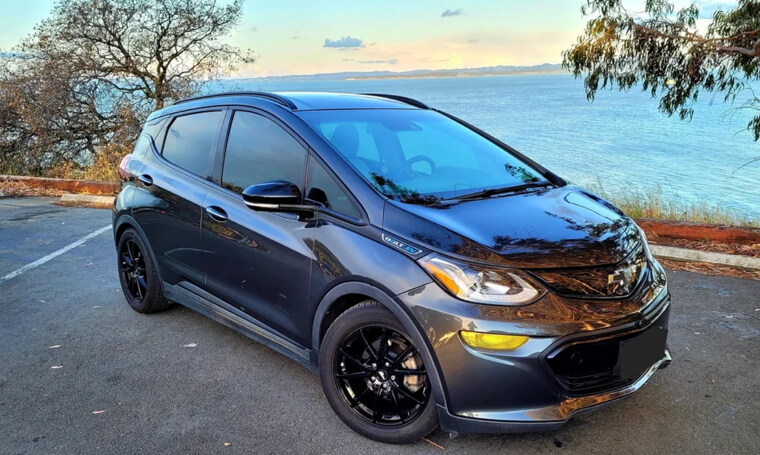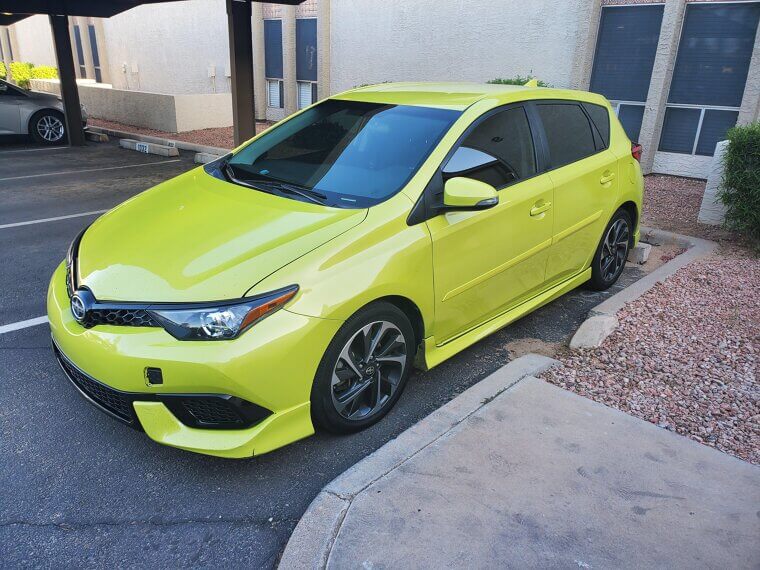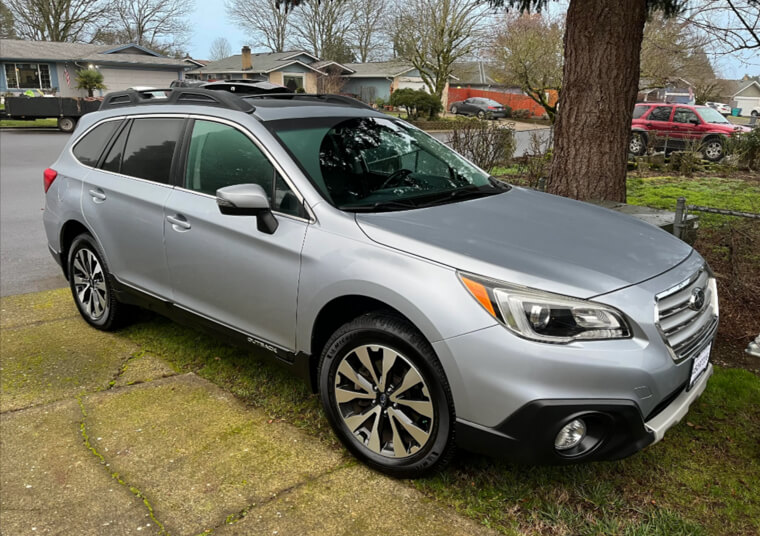Best Used Cars to Buy
Looking for a used car that won’t turn your savings into shop invoices? Start with models known for simple, stout engineering, widely available parts, and powertrains that have proven themselves in the wild. This list leans on naturally aspirated engines, conventional automatics (or well‑sorted CVTs/hybrids), and brands with deep reliability track records. For each pick, you’ll see what makes it a safe bet, the years/engines to target, and a couple of quick buyer tips to keep the odds in your favor. Nothing exotic—just dependable, easy‑to‑live‑with machines that do the boring stuff brilliantly so you can spend money on trips, not timing chains.
Toyota Corolla
The used‑car cheat code. Simple 1.8L (2014–2019) and later 2.0L (2020–2022) drivetrains sip fuel and shrug off miles. Parts are everywhere and cheap, and routine service is as basic as it gets. Prioritize rust‑free underbodies in salty regions and verify CVT fluid has been changed on schedule. A clean service history plus decent tires equals years of boring—in the best, wallet‑friendly way—commuting. Reliability first, drama never.
Honda Civic
Civics feel tightly bolted and easy to live with. The 1.8L (2012–2015) and naturally aspirated 2.0L (2016–2021) avoid turbo complexity yet deliver smooth pep. Check A/C condensers for stone damage and make sure infotainment behaves. If shopping 1.5T models, confirm oil‑dilution updates and maintenance records. Routine CVT or manual gearbox service keeps shifts crisp. Pick a well‑kept example and it’ll handle errands, road trips, and resale value with equal grace.
Toyota Camry
A Camry won’t win a drag race, but it will win your budget. The 2.5L/3.5L engines (2012–2022) are famously stout, with low parts prices and long service intervals. Ask about transmission drain‑and‑fills and scan for rideshare wear: sagging seats, worn door handles, mismatched tires. That due diligence plus fresh fluids yields a sedan that simply starts, stops, and ignores drama for years. It’s the middle lane, perfected.
Honda Accord
Accords blend poise with parts you can find anywhere. The 2.4/3.5 (2013–2017) combos are classics; the 2.0T (2018–2020) is strong and proven when maintained. For 1.5T cars, look for updated software and fastidious oil changes. Check brake rotors for pulsation and confirm transmission service intervals. The payoff is a sedan that drives like it’s thought things through—quiet, efficient, and unbothered by the miles ahead.
Mazda3
Want smiles without repair roulette? Skyactiv 2.0/2.5 engines (2014–2021) are efficient and durable, and the chassis feels alert without punishing you. Listen for suspension clunks over speed bumps and rotate tires to prevent cupping on the sportier trims. Cabin materials hold up well, and maintenance is straightforward. A set of good tires and fresh fluids transform it into a reliable daily that still takes the long way home.
Mazda6
The Mazda6 pairs grown‑up looks with an understressed 2.5L that thrives on regular oil changes. Target 2014–2017 or 2018–2021 non‑turbo cars for the simplest ownership. Confirm transmission fluid service and check for the occasional “ghost touch” infotainment issue. Beyond that, it’s brakes, tires, and vibes—usually great ones. You get enjoyable steering, real highway composure, and running costs that feel closer to compact‑car money than midsize‑sedan bills.
Toyota Prius
The Prius is the hybrid that made hybrids boring—in the best way. Gen 3 (2010–2015) and Gen 4 (2016–2021) return big mpg with little drama. Ask for hybrid battery health data and, on Gen 3, evidence that the EGR/PCV systems were serviced to prevent long‑term issues. Brake boosters and inverters are worth a quick check. Keep up on coolant and filters and it’ll simply sip fuel for ages.
Camry Hybrid
Think Camry comfort, Prius reliability. The Camry Hybrid (2012–2022) pairs a durable 2.5L cycle with Toyota’s bulletproof hybrid hardware. Inspect cooling fans, verify A/C performance, and confirm hybrid cooling service intervals were followed. Battery packs generally last, especially on highway‑heavy cars. With a tidy service history and decent tires, you get seamless torque, calm cruising, and ownership costs that feel oddly modest for how upscale the experience reads.
Lexus ES 350
This is a Camry in a nicer suit, and the 3.5L V6 (2GR‑FKS) is a long‑life legend. Target 2013–2018 or 2019–2021 and look for dealer maintenance. Most expenses are tires and brakes; occasionally a water pump or suspension bushing appears with age. The rest is smooth leather, quiet cabins, and a sense that nothing urgent is coming. It’s luxury tuned to relief: no surprises, just refinement and gas.
Lexus RX 350
The RX 350 nails the “just works” brief. Smooth V6, simple AWD, and strong reliability from 2010–2019 vintages. Verify strut condition for ride quality, test liftgate operation, and make sure seat motors behave. Interiors wear well, and real‑world fuel economy is respectable. Keep fluids current and it’ll tackle commutes, road trips, and Costco runs with the same low‑stress confidence. If ownership were a button, this is it.
Honda CR‑V
The CR‑V is the friend that always shows up. The 2.4L (2013–2016) is low‑stress; the updated 1.5T (2020–2022) is fine when serviced. Ensure HVAC and infotainment updates were done and test for wind‑noise seals at highway speed. Routine CVT fluid changes keep the drivetrain happy. With decent tires and fresh filters, it’s a calm, roomy crossover that makes errands and road trips feel easy—and ownership, even easier.
Toyota Highlander (V6)
A Highlander with the 3.5L V6 (2014–2019) is a minivan in hiking boots: reliable, roomy, and unfussy. Inspect rear A/C lines for corrosion, confirm AWD coupling service if applicable, and listen for suspension clunks on rough roads. Otherwise it’s brakes, tires, fluids, repeat. Expect a decade of school runs and national‑park mileage without surprise invoices. It’s the family hauler for people who prefer vacations to repair waiting rooms.
Toyota 4Runner
Body‑on‑frame toughness, a simple 4.0L V6, and real off‑road bones—yet it’s happy commuting. The 5th‑gen (2010–2023) is famously durable. Check frame condition in salty regions and inspect KDSS hydraulic bits (if equipped). Fresh differential and transfer‑case fluids matter for longevity. Skip wild mods; add good tires. You get a truck that treats miles like suggestions and campsites like home, while sidestepping the repair drama of trendier SUVs.
Lexus GX 460
A Prado with manners, the GX 460’s 4.6L V8 and robust driveline just keep going. Target 2010–2021 and check height‑control/air suspension if fitted; many prefer coil‑spring conversions. Inspect for tow use and routine diff/transfer‑case service. Inside, materials age gracefully. It’s a rare mix: genuine 4×4 hardware, Lexus quiet, and ownership that usually boils down to tires, brakes, and fuel. Expedition ready, school‑run serene, repair bills tame.
Toyota Sienna
Sienna’s 2GR V6 with the 6‑ or 8‑speed has a long track record (2011–2020). Sliding doors, rear HVAC, and transmission service are the main checkpoints. AWD versions like fresh prop‑shaft and differential fluid; listen for bearing hum at speed. Otherwise it’s oil, filters, and tires. Families love the reliability, road‑trippers love the comfort, and your budget loves that nothing exciting happens—except the vacations you planned with the money saved.
Honda Fit
The Fit is packaging magic: simple 1.5L, clever “Magic Seat,” and maintenance anyone can understand. Target 2015–2020; inspect rear shocks and hatch struts, and keep CVT fluid on schedule. Manuals are delightfully durable. Space feels TARDIS‑like, city maneuvering is a breeze, and repairs are mostly tires and brakes. It’s the thrift‑store find that looks better every day: cheap to run, weirdly useful, and stubbornly reliable even when abused.
Toyota Yaris
Two flavors, both good: Toyota‑built (2008–2011) with the proven 1NZ‑FE, or the 2020 Mazda‑built version with tidy road manners. Manuals are sturdy; check clutch take‑up and look for rust near rear arches in salty states. Maintenance is laughably simple, and parts are everywhere. This is the “nothing goes wrong because there’s not much to go wrong” play. It just starts, sips, and parks where others fear to squeeze.
Toyota Matrix / Pontiac Vibe
It’s a Corolla wearing hiking shoes. Aim for 2009–2013 Matrix or 2009–2010 Vibe. The 1.8L is thrifty; the 2.4L adds grunt with little penalty. Verify AWD rear diff service on equipped cars and lift the hatch mat to check for leaks. With the seats down, cargo space surprises; with maintenance up, reliability bores—in a great way. It’s the used hatch that hauls, lasts, and keeps receipts tidy.
Toyota Avalon
The Avalon’s 3.5L V6 (2013–2018) is serenity on a budget: quiet cabin, effortless passing, and low failure rates. Inspect struts and motor mounts for age‑related fatigue and watch earlier infotainment screens for pixel quirks. Otherwise, it’s oil, filters, and long highway stretches in bliss. Think Camry that grew up and got promoted—without adopting expensive habits. If your goals are comfort and predictability, this big sedan nails both daily.
Acura RDX (V6)
Think “quietly posh CR‑V with gym membership.” The RDX’s 3.5‑liter V6 and 6‑speed automatic are long‑game reliable, and SH‑AWD adds foul‑weather confidence without drama. Look for timing‑belt service around 100k, fresh SH‑AWD fluid, and clear sunroof drains so water stays outdoors. Rear cameras and liftgates should operate smoothly. Keep oil changes boring and filters fresh, and you’ll get luxury manners with Honda‑grade ownership costs. Calm, quick, uncomplicated.
Acura TL / TLX (V6)
These sedans are the “why didn’t I buy one sooner?” answer. The J‑series V6 is a proven sweetheart, paired with robust 6‑speed automatics that like regular fluid swaps. Target TL 2012–2014 or TLX 2015–2017 V6; skip early 9‑speed quirks. Inspect motor mounts, brakes, and suspension bushings for age. You’re rewarded with vaulty refinement, easy parts availability, and mileage that disappears without headline repairs. Luxury, minus the nervous wallet.
Nissan Frontier
Old‑school in the best way, the D40 Frontier keeps electronics light and hardware stout. The 4.0‑liter VQ V6 plus 5‑speed auto will tow, haul, and shrug off miles if you change fluids. Check frame and leaf‑spring rust, transmission cooler lines, and differentials for timely service. Interiors are hose‑jacket tough, beds accept real work, and parts are everywhere. It’s the pickup equivalent of a dependable coworker who never calls in sick.
Honda Ridgeline
Ridgeline drives like a roomy Accord, then surprises you with a dual‑action tailgate and lockable in‑bed trunk. The 2017–2020 V6 plus i‑VTM4 AWD is low‑drama if fluids stay current. Inspect tailgate latches, bed drains, and rear diff fluid intervals. On pavement it’s whisper‑quiet; on gravel it’s unflappable. Tires, brakes, oil—that’s most of the budget. For people who need a truck sometimes and serenity always, this one nails it.
Toyota Tacoma
The Tacoma’s durability isn’t folklore; it’s the spreadsheet. Second‑gen (2012–2015) feels indestructible; third‑gen (2016–2020) brings modern safety, with the 3.5 V6 preferring regular maintenance and good fuel. Verify frame rust recalls, leaf‑spring fixes, and clutch health on manuals. Keep diffs and transfer case serviced if you venture off‑road. Strong community support, simple mechanicals, and impeccable resale value make ownership pleasantly predictable—even when your weekends aren’t.
Toyota Tundra
The 5.7‑liter 3UR‑FE V8 is long‑haul royalty: timing chain, stout driveline, minimal surprises. Expect truckish mpg, but also decade‑long reliability if you keep diff and ATF services current. Listen for exhaust manifold tick, verify air‑injection hardware updates, and make sure brakes feel confident. Otherwise, it’s tires, fluids, and road trips with a trailer. When the mission is “buy once, tow forever,” the Tundra is the uncomplicated adult in the room.
Chevrolet Impala (3.6L)
The 2014–2020 Impala hides a sweet spot: the LFX 3.6 V6 and 6‑speed automatic that just… work. It rides big‑car comfy, sips sensibly on the highway, and swallows luggage without making a scene. Check struts for float, infotainment for glitches, and cooling system service history. Otherwise, maintenance feels rental‑car simple: oil, filters, brakes, tires. It’s a straightforward full‑size that ages gracefully and rarely asks for expensive attention.
Ford Crown Victoria/Grand Marquis/Town Car
Taxi‑grade longevity with couch‑grade comfort. The body‑on‑frame Panthers pair a simple 4.6‑liter V8 with easy‑to‑service drivetrains. Target 2004–2011; inspect frames, brake lines, and—on Town Car/GM—rear air springs. Fluids and cooling system upkeep keep them happy. Interiors survive decades of coffee; trunks hold a month of groceries. If you want parts for pennies and repairs measured in wrenches, not laptops, these big cats are gloriously low‑drama.
Honda Element
Part dog van, part surf locker, all reliable. The Element’s K‑series engine, simple AWD, and plastic‑lined cargo bay invite messy lives. Target 2007–2011; change VTM‑4 rear diff fluid on schedule, check window regulators, and inspect tailgate hinges for rust. Seats reconfigure into lounge mode, kayaks slide in diagonally, and maintenance mirrors a Civic’s. It’s the used car that says “yes” to hobbies and “no” to surprise repair bills.
Lexus IS 350
Want longevity with a grin? The IS 350’s 2GR V6 is a metronome of smooth power. Target 2014–2020, inspect for water‑pump seep, tired bushings, and proper fluid history. Interiors age slowly, electronics behave, and brakes/tires are the main costs—unless someone modified it wildly. Left stock, it’s the sports sedan you can buy once, drive daily, and forget your mechanic’s first name. Fast enough, refined enough, shockingly durable.
Toyota Venza (V6)
Camry’s V6 wearing a crossover cardigan. The 2011–2015 Venza with the 3.5‑liter and simple AWD is a mileage accumulator par excellence. Check liftgate struts, rear shocks, and budget for larger tires—20‑inch rubber isn’t thrift‑store cheap. Beyond that, expect Toyota‑typical maintenance and a cabin that devours strollers, luggage, or home‑improvement hauls. It’s the stealth family hauler for people who like quiet success and dislike service‑desk suspense.
Lexus GS 350
The GS 350 blends Lexus hush with long‑distance stamina. The V6 plus 6‑ or 8‑speed automatics are durable; just verify fluid services and suspension health. If equipped with adaptive dampers, confirm they behave—replacements exist but planning helps. Interiors wear like good leather shoes, and electronics rarely fuss. Buy one with records, keep consumables fresh, and enjoy years of first‑class commuting without premium‑brand repair theater. Understated, unstoppable.
Chevrolet Bolt EV
Post‑recall Bolts are value monsters: no oil changes, minimal moving parts, and cheap around‑town miles. Target 2020–2023 or earlier cars with battery modules replaced. Confirm recall completion, DC fast‑charge history, and healthy tire tread—instant torque nibbles rubber. Keep brake fluid fresh, cabin filters clean, and software updated. The result is silent commuting, low running costs, and a surprising road‑trip buddy once you learn the charging map.
Scion IM / Toyota Corolla IM
A Toyota Auris in American clothes: 1.8‑liter engine, tidy chassis tuning, and interiors that resist school‑run chaos. Manuals are gems; CVTs are fine with documented fluid services. Check rear shocks and alignment for cupping, then enjoy hatchback practicality with Corolla‑grade reliability. Parts are plentiful, insurance is sane, and the driving experience is pleasantly European without expensive tastes. It’s the sensible sneaker you end up wearing everywhere.
Subaru Outback 3.6R
If you love the Outback idea but want extra durability, the 3.6R is the play. Subaru’s flat‑six with the 5‑speed automatic is a proven combo from 2015–2019. Inspect for cooler‑line seep and tired suspension bushings; routine fluids keep the AWD happy. Cargo space is road‑trip huge, highway manners relaxed, and repair drama rare. Considering a 2.5? Service the CVT religiously. Either way, this wagon prefers horizons to hoists.


